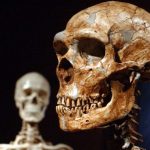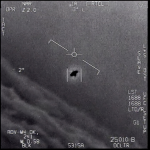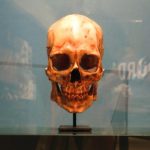‘Jurassic Pompeii’ yields thousands of ‘squiggly wiggly’ fossils0
- Ancient Archeology, From Around the Web
- July 22, 2021
“If they could squeal, I’m sure they would have done.”

“If they could squeal, I’m sure they would have done.”

What makes humans unique? Scientists have taken another step toward solving an enduring mystery with a new tool that may allow for more precise comparisons between the DNA of modern humans and that of our extinct ancestors.

He may not have solved the mystery yet, but one thing proven beyond doubt is that Steve Feltham is a very patient man.

Many governments are increasingly approaching artificial intelligence with an almost religious zeal. By 2018 at least 22 countries around the world, and also the EU, had launched grand national strategies for making AI part of their business development, while many more had announced ethical frameworks for how it should be allowed to develop. The EU documents more than 290 AI policy initiatives in individual EU member states between 2016 and 2020.

Divers have discovered rare remains of a military vessel in the ancient sunken city of Thônis-Heracleion — once Egypt’s largest port on the Mediterranean — and a funerary complex illustrating the presence of Greek merchants, the country said on Monday, July 19.

SpaceX has successfully conducted a three-engine “static fire” test on the third iteration of its Super Heavy booster, one of the key components behind its ambitions for interplanetary travel.

Gaze upon the night sky as the best meteor shower of the year makes its annual return.

UFOs have been in the news a lot lately. I am a research astronomer who has written and edited books and created a free online course about the search for life in the universe. While I think we are making progress on detecting life beyond Earth, I view UFOs from a skeptical standpoint, since the evidence that they represent aliens visiting the Earth is unconvincing.

The result underscores how big of a hand interbreeding among ancient hominids had in shaping us

A ball of 4,000-year-old hair frozen in time tangled around a whalebone comb led to the first ever reconstruction of an ancient human genome just over a decade ago.